Grinder vs. Blender: What’s the Difference, and Which Is Better?
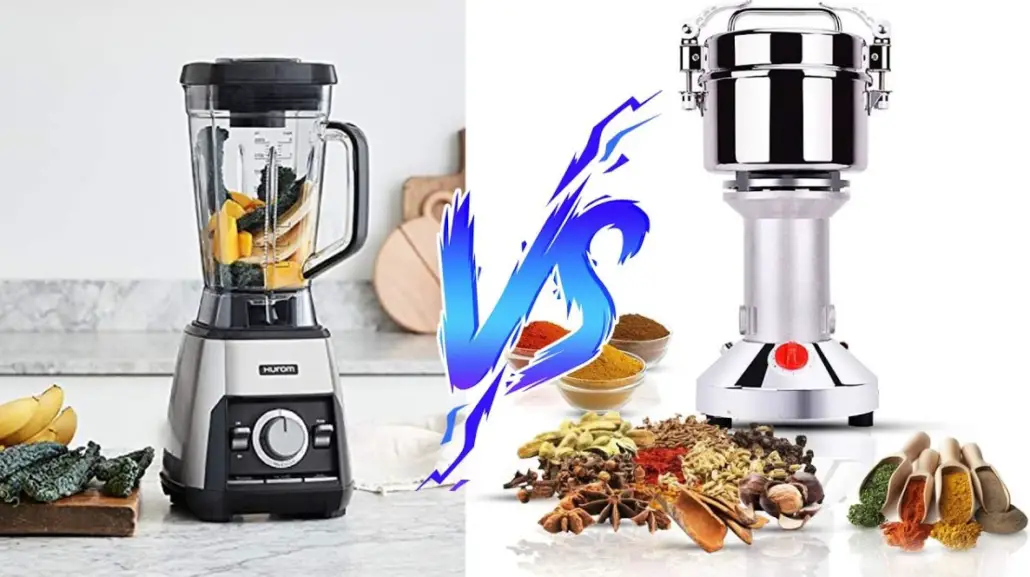
Grinders and blenders are two kitchen appliances that interest most consumers, especially because these items can be used to prepare restaurant-quality dishes.
A variety of tasks can be performed by both devices. A blender can function in most homes for a greater range of tasks; thus, purchasing one is preferable over a grinder. But, before making a purchase, you need to examine the top blenders available.
Blenders and grinders are kitchen tools that aid food preparation and rely on power to run. There are many of these appliances on the market, so to choose the best one, you need to know how different they are.
A blender chops, mixes, or purees food, while a grinder breaks solid food products into smaller bits.
Grinder vs. Blender Overview
A grinder and blender are both household items used to mix substances, but they do so in different ways. A blender combines two or more ingredients, as the name suggests, while a grinder is used to grind or powder items.
The similarity between a blender and a grinder is that they both combine items.
Grinder vs. Blender Comparison Table
Typically, a grinder can be useful for grinding solid ingredients into smaller parts, such as herbs, spices, and coffee.
On the other hand, blenders are used to mix, puree, or chop ingredients, such as onions, carrots, or fruit, for a smoothie.
Using a blender can also crush dry ingredients and mix or blend them. In the opinion of many, the difference between a grinder and a blender is minimal.
They both aid users in preparing food, and which one you choose will depend on what you want to do with the ingredients. Below, we compare the two.
Grinder |
Blender |
Breaks solid food items into smaller particles |
Aids to mix, crush or puree food |
Grinds food into powder |
Crushes, mixes or emulsifies food |
Can grind herbs, spices, coffee beans, and nuts |
Can prepare various food items such as fruit, vegetables, soup, creams, and smoothies |
There are two types; dry and wet grinders. |
There are two types; countertop and immersion blenders. |
What’s a Grinder?
A food grinder is a kitchen appliance used to reduce the size of initially large pieces of food. Because of this, grinders “grind” or pulverize food into a powder.
Different grinders are used for different purposes, such as those dedicated to meat, spices, and coffee beans. Freshly ground spices and seasonings taste better than seasoning powders that come in a package.
That, in turn, makes grinders the perfect kitchen tool for making spice and seasoning powders. Even tough cuts of meat and vegetables can be processed into a puree or baby food with their help.
What Functions Does It Perform?
A grinder’s versatility allows it to be used for dry and wet materials. As a standard grinding method, we are all familiar with dry grinding. This method reduces solids such as coffee beans or spices to powder form.
While wet grinding is rarely used in Western cooking, it is a staple in Indian cooking. Idli and dosa batter, for example, are made by grinding various grains and lentils into a paste.
Why Would You Choose a Grinder Over a Blender?
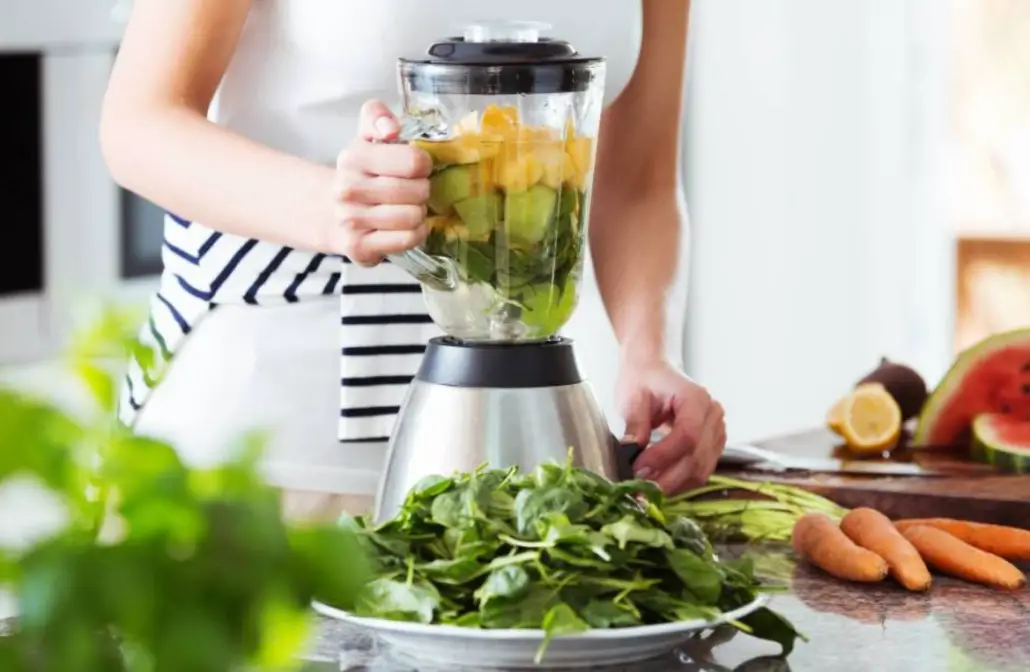
Numerous blades on a grinder help to crush the components into a powder. Your grinding machine should offer customizable options for speed and pressure. Grinding ingredients into a paste or powder is best accomplished with a grinder.
Even now, blenders can be a threat due to their high speed. The blades are slow and need more energy to do the same work as faster alternatives like grinders. These dangers posed by a blender and slow functionality make grinders an ideal option.
The grinder and the blender are both crucial to your kitchen, yet they both serve different purposes. However, a grinder can be handy for other purposes, making it a more useful appliance.
What’s a Blender?
A blender is a useful kitchen tool that can mix, crush, puree, and emulsify different foods. As a rule, blenders feature a tall container on a short, wide base with tiny blades. When turned on, a blender’s blades spin very fast, pulverizing or mixing whatever is inside.
Make creams, soups, smoothies, and even mocktails with the help of your blender. You can also turn wet food into a liquid or puree it by combining it with a liquid in a blender. It is among the best ways to mash and pulverize ingredients.
There are two main blenders: those that sit on a counter and those immersed in the food. Kitchen counter blenders have containers, which can be glass, plastic, or stainless steel.
On the other hand, immersion blenders have a mixing head with moving blades that you can immerse into a container. It means that you can use one separate container.
What Functions Does It Perform?
When used in the house or a bar, the primary purpose is to crush ice. Blenders also liquefy and emulsify softer food ingredients like fruit and yogurt. That gives them a thick texture and a smooth consistency.
Commercial blenders are often used to mix powders and dry materials in the plastics processing industry.
Also, in microbiology, for example, it is common to use a blender to remove bacteria from samples before studying them.
Why Would You Choose a Blender Over a Grinder?
Having a blender is a lifesaver, and that’s not sensationalism. The device has many uses and can be used daily to make nutritious food and drinks.
A blender is a good choice for a reliable kitchen tool that you can use for many things. Here are the reasons why you should choose a blender over a grinder:
- You can blend anything you want.
- Using a blender saves time.
- Use it as a mixer.
- Quickly prepare fruit juices.
- Pepare sauces and purees quickly.
Grinder vs. Blender – Cost
You can buy blenders, grinders, food processors, and other kitchen appliances from online retailers. The price of high-quality devices is something you should research before making a purchase.
They come in various form factors and power ratings, influencing the price. However, food processors are the most expensive option here.
Grinder vs. Blender – Durability & Reliability
Like other kitchen appliances, durability and reliability depend on numerous factors:
- The quality of any of these appliances will depend on who made them or what brand it is.
- Properly using a gadget is a key determinant of its durability. Using a grinder for tasks meant for the blender will likely cause a malfunction at some point.
- Durability and reliability depend on maintenance practices.
If you care for these devices well, they will serve you longer.
Grinder vs. Blender – Performance
A food blender, like a grinder, is powered by electricity. Both of these home appliances have similar power outputs in terms of watts. In general, grinders have more potent engines.
However, a blender can process a wider variety of foods than a grinder. From frozen fruit to leftover meat, your blender will always come through for you.
What Are the Pros and Cons of Grinders?
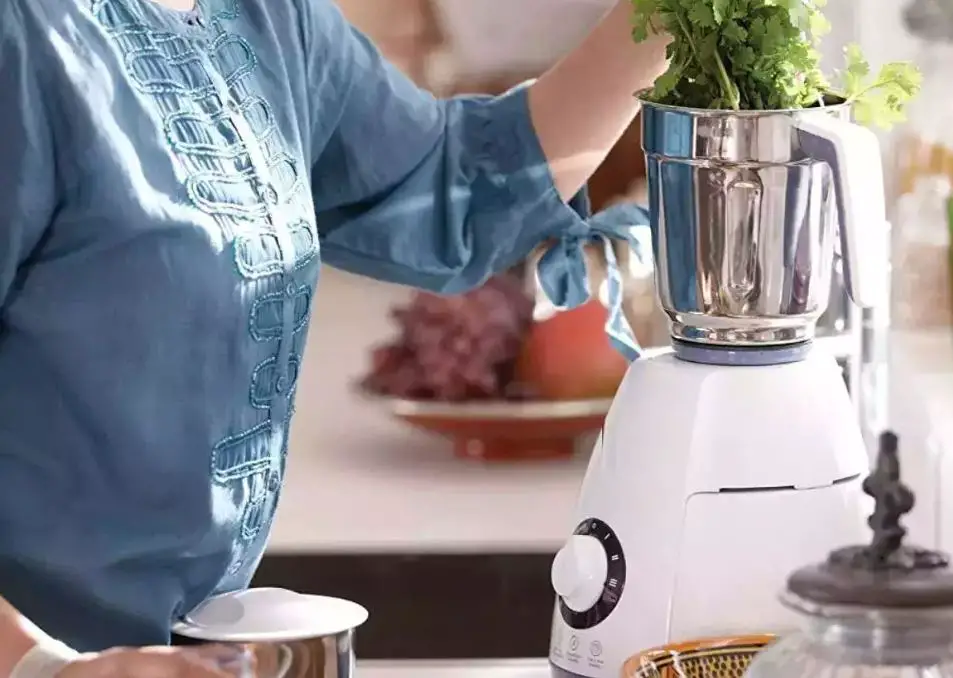
Pros:
- Makes it easier to take advantage of low-cost options
- It is possible to reuse sections of the cut.
- Allows you to custom-make your food at home, for example, sausages
Cons:
- Grinders typically have problems with their motors and other internal components. Plastic gears on a cheaper model may break down over time, making the machine useless and requiring costly repairs. It’s also possible that some models will be too noisy. Those who live in apartments may find this to be particularly inconvenient.
What Are the Pros and Cons of Blenders?
Pros:
- Most countertop blenders can do a good job of mixing. You can put almost anything in it, from ice and frozen fruit to mixed cuisine, because they are adaptable.
- Their capacity makes them a viable choice for producing in bulk. A strong blender is a result of combining various speeds with a robust chopping blade.
Cons:
- Kitchen blenders, in contrast to hand-held or immersion blenders, can take up most of the space in the kitchen or on the countertop.
- There is always the risk of accidentally blending something unintended in any kitchen blender. A spoon or spatula in the blender jar can do serious damage if you don’t notice it immediately.
- Also, they’re not the easiest to clean, although you can clean many contemporary countertop blenders in the dishwasher
Blender vs. Food Processor
Although blenders and food processors can do similar tasks, they are not interchangeable. One common use for a blender is to purée frozen fruit or to crumble ice. Use a blender to make a mocktail, drizzle, or dip that you can drink.
A food processor’s capabilities extend far beyond simple pureeing. Use a food processor if the final product will be eaten with cutlery, such as a knife and fork.
Coffee Grinder vs. Spice Grinder
Many manual spice grinders and coffee grinders share the same design and a similar method of operation. Since almost all spice grinders have spinning blades, they primarily serve to chop and slice spices rather than grind them. You won’t get the right results if you crush coffee beans in a spice grinder.
Coffee grinders have a single purpose and should not be used to grind anything other than coffee beans. Given its limited utility, buying a coffee grinder is more complex. For example, you must determine the ideal blade type between burr and blur.
Manual Grinder vs. Electric Grinder
The term “burr grinder” refers to a certain type of coffee grinder that must operate manually. The grinders often come with a small knob that you crank to crush the coffee within and have fixed settings. They’re convenient for campers and travelers who enjoy brewing coffee on the go.
You can grind your coffee at the push of a button on an electric burr grinder. A large family, a bustling office, or a group of coffee lovers on the fly will appreciate the portability of these.
However, solitary homebrewers find them extremely useful, due to their quickness and vast capacity.
Best Grinder To Buy
Hamilton Beach Fresh Grind Electric Coffee Grinder
Whether you’re grinding coffee beans or spices, this grinder’s sharp stainless steel blades will make quick work of the task. It can be taken off and cleaned in the dishwasher to make filling and dispensing easier.
When not in use, you can tuck the cable away neatly and out of sight in the grinder’s bottom compartment.
The biggest problem is that, like all blade grinders, you can only change the coarseness of the grounds after grinding. Instead, you must look at the grounds and decide how coarse they are. On a scale of 0-100, it qualifies as an 85.
Ninja BL660 Professional Compact Smoothie & Food Processing Blender
It has professional performance with three manual speeds, a pulse, and a single-serve function for to-go cups. Its total-crushing pitcher is the most powerful tool for making frozen drinks and smoothies. All parts are BPA-free and dishwasher-safe.
On the downside, its ability to process tough ingredients might take longer than high-end blenders. It’s also 17″ tall and may not fit under your countertop. On a score of 0-100, it qualifies as a 90.
FAQs
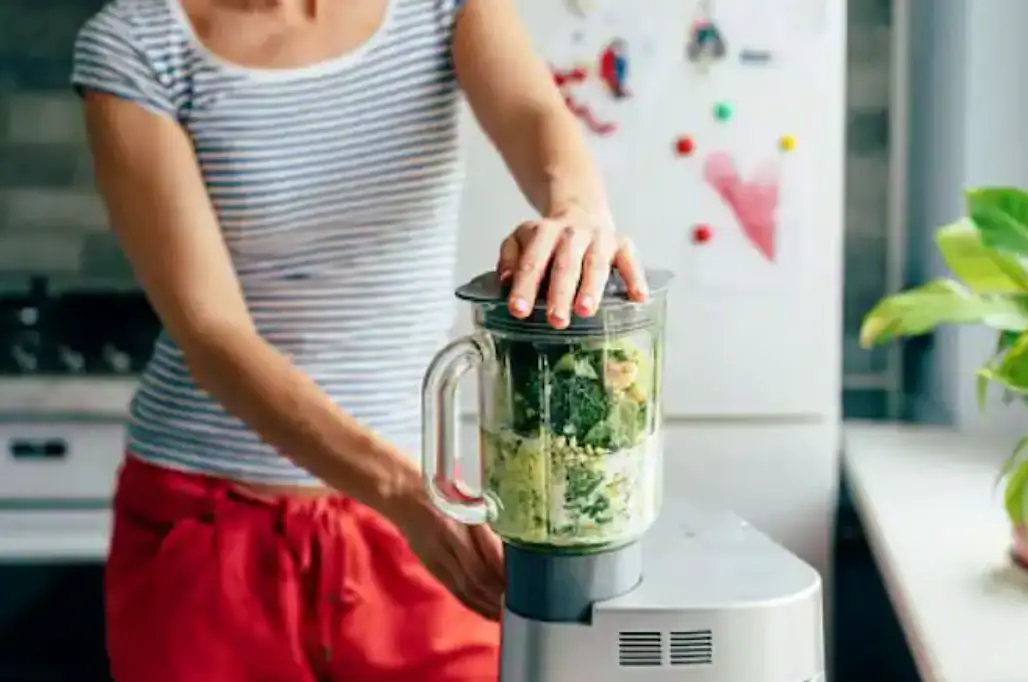
Q: Can One Use a Blender Instead of a Grinder?
Simply switching to a standard-sized blender will eliminate the need for a mixer grinder. On the other hand, personal blenders are more compact.
That means you might need help to make a huge quantity of idli or dosa batter, churn butter, or blend anything. If you already have a wet grinder, you can save money by using that instead of a mixer grinder and going with a high-powered blender instead.
Q: Is a Blender Good for Grinding?
A food blender can grind, but more is needed to pulverize tough foods. On the other hand, if you frequently work with dry items like wheat, consider evaluating a grain mill versus a blender to see which will be more useful.
Q: Is a Coffee Grinder the Same as a Blender?
The two are different in that they serve different purposes. A coffee grinder’s purpose is to grind coffee beans and related materials, while a blender makes liquid preparations like smoothies and soups.
Based on this, it’s clear that a blade grinder and a blender are two very different types of appliances.
Q: Are the Mixer and Grinder the Same?
They are not the same. For making batter from wet ingredients like rice, or urad dal, you’ll need a special appliance called a wet grinder. However, you can use a mixer to combine many different kinds of food.
Q: Should I Buy a Mixer, Grinder, or Food Processor?
If you require a crushing, chopping, and emulsifying device, a mixer grinder is what you need. You can use a mixer grinder to grind ingredients into powder for cooking.
People who need help cutting, chopping, kneading dough, slicing vegetables, and other similar tasks should buy a food processor. It saves so much time! However, it requires a large amount of space to keep.
Q: Can We Grind Masala in a Blender?
Yes, you can. Electric blenders, food processors, coffee grinders, and spice grinders are good tools for grinding spices at home. Spices can also be ground by hand using several different manual processes. Some examples of these techniques are using a mortar and pestle, rasp grater, and even a rolling pin.
Q: Is It Worth Buying a Wet Grinder?
Your household needs a wet grinder if you frequently prepare dosas, idlis, or other South Indian food. As opposed to a regular mixer, this grinder has the following advantages:
- The purpose of this device is to provide a fine grind quickly and efficiently.
- It can produce a high-quality batter by grinding the necessary ingredients.
- Continuous use for a longer period is possible.
Q: Can We Make Juice in a Mixer Grinder?
Using a mixer grinder will produce juice that is similar in consistency to a thick smoothie. Unlike other juicers on the market, the finest mixer grinder does not need the removal of pulp before use. Juice made in a mixer grinder must have enough water added to maintain consistency.
Conclusion
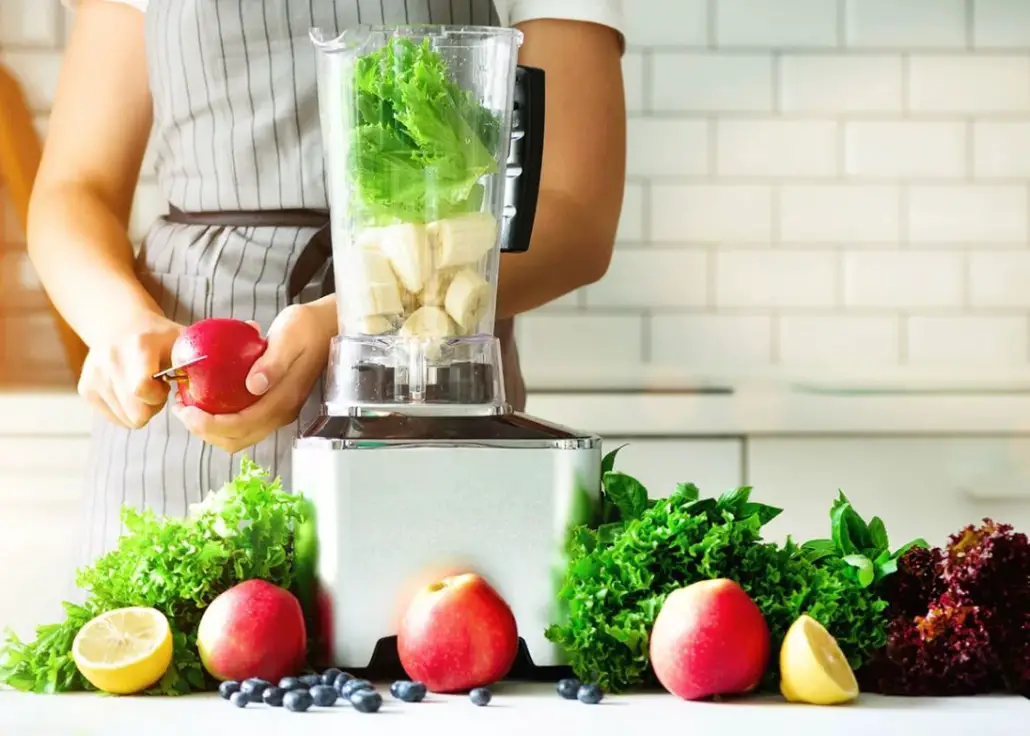
The primary distinction between a blender and a grinder is their respective uses. Blenders can combine, chop, smash, and puree food, while grinders can only grind or powder it.
Choose a grinder if you need a tool to reduce spices to powder or to grind hard beans like coffee. On the other hand, blenders can be used for a wider variety of cooking tasks than most grinders.


